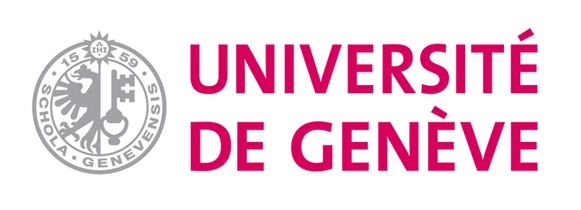Concentration of Critical Events Over the Life Course and Life Satisfaction Later in Life
| Author | |
|---|---|
| Résumé |
Critical events create turning points, disrupt individuals’ life courses, and affect wellbeing. We investigated how the co-occurrence of critical events and their concentration in time influence life satisfaction in later life. Periods of life densely populated with critical events may translate into an acute resource drain, affecting long-term wellbeing more strongly than if the same events were sparsely distributed. To do so, we construct a novel indicator, the Concentration Index, based not only on the number but also on the time lag between occurrences. Using retrospective information on critical events in family, work, health, and residential trajectories in Switzerland, we show that the higher the concentration in time of critical events is, the stronger their negative long-term effect on wellbeing will be, net of sociodemographic characteristics, the total number of events ever experienced, and the time since the last event. Furthermore, we show that the occurrence of positive events does not compensate for the loss in wellbeing driven mainly by negative events. On the contrary, at moderate and high levels of concentration of negative events, the concentration of positive events further reduces life satisfaction. Relevant gender differences emerged with stronger negative effects on wellbeing among men. Our work clearly shows that simply counting the number of events gives only a partial and potentially inaccurate measure of complexity of life course and its relationship with quality of life. Not only how many events experienced matter but also the spacing between them. |
| Année de publication |
2023
|
| Journal |
LIVES Working papers
|
| Volume |
098
|
| Start Page |
1
|
| Nombre de pages |
26
|
| Numéro ISSN |
2296-1658
|
| URL |
http://dx.doi.org/10.12682/lives.2296-1658.2023.98
|
| DOI |
10.12682/lives.2296-1658.2023.98
|
| Mots-clés | |
| Download citation | |
| File (PDF) |

